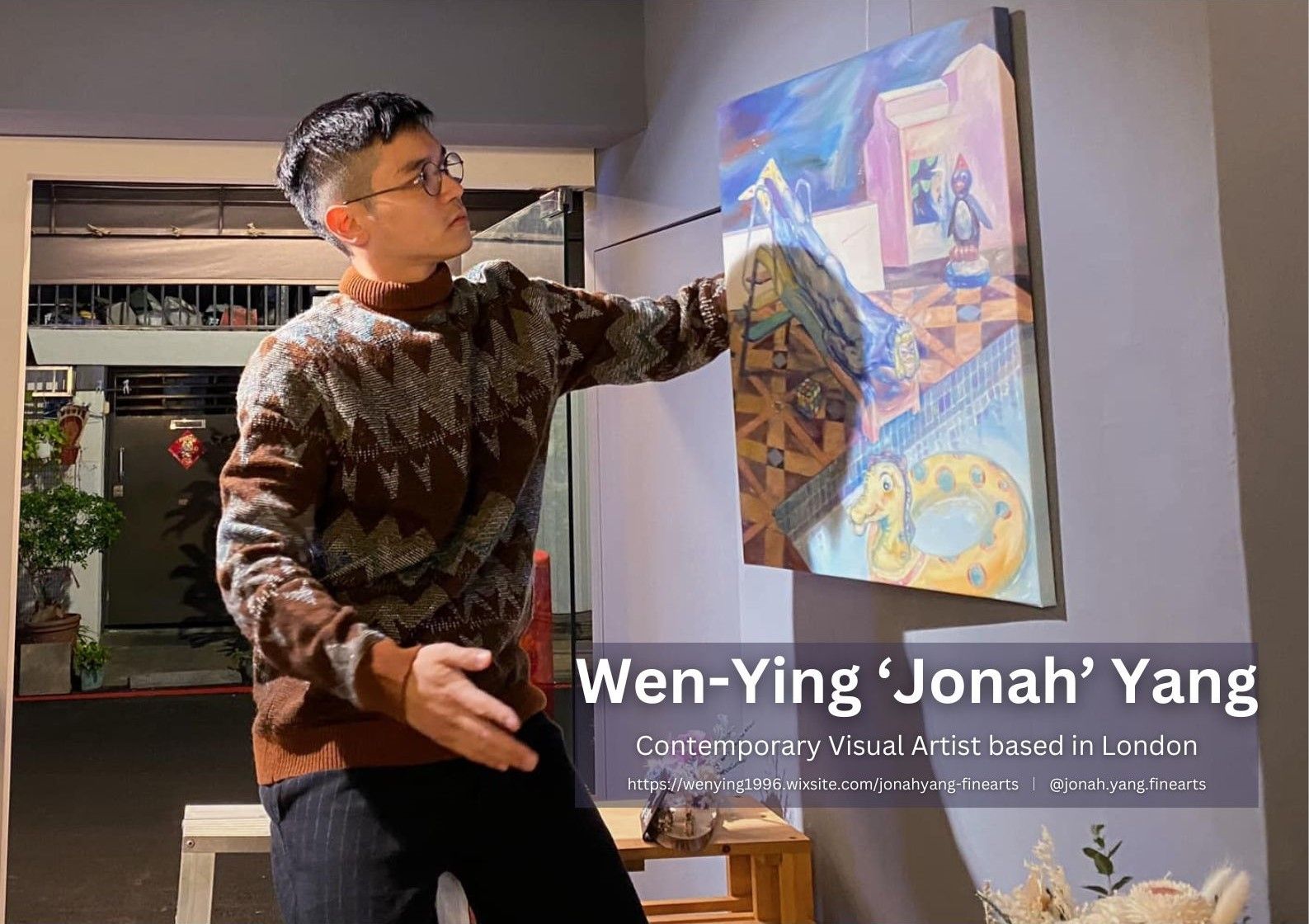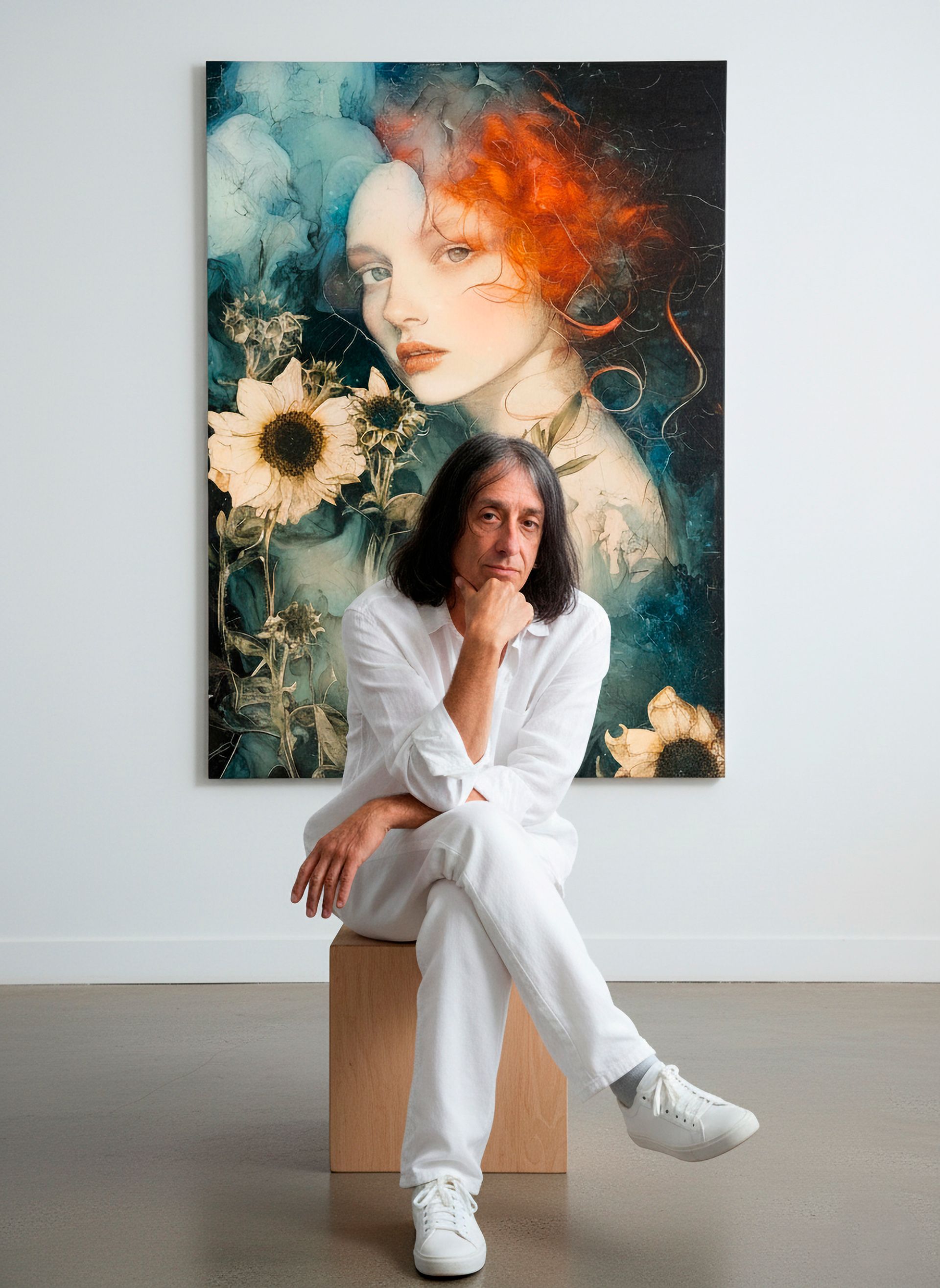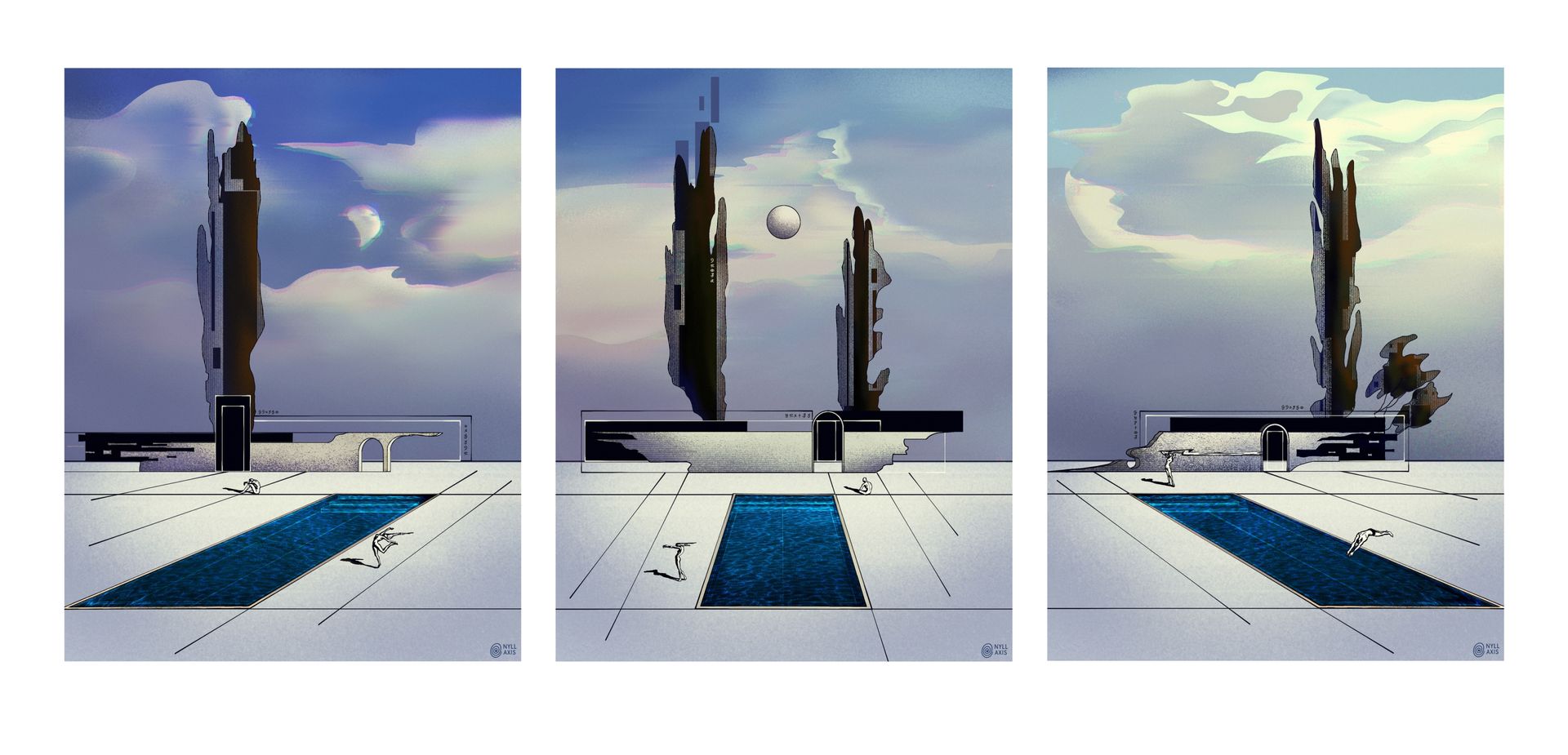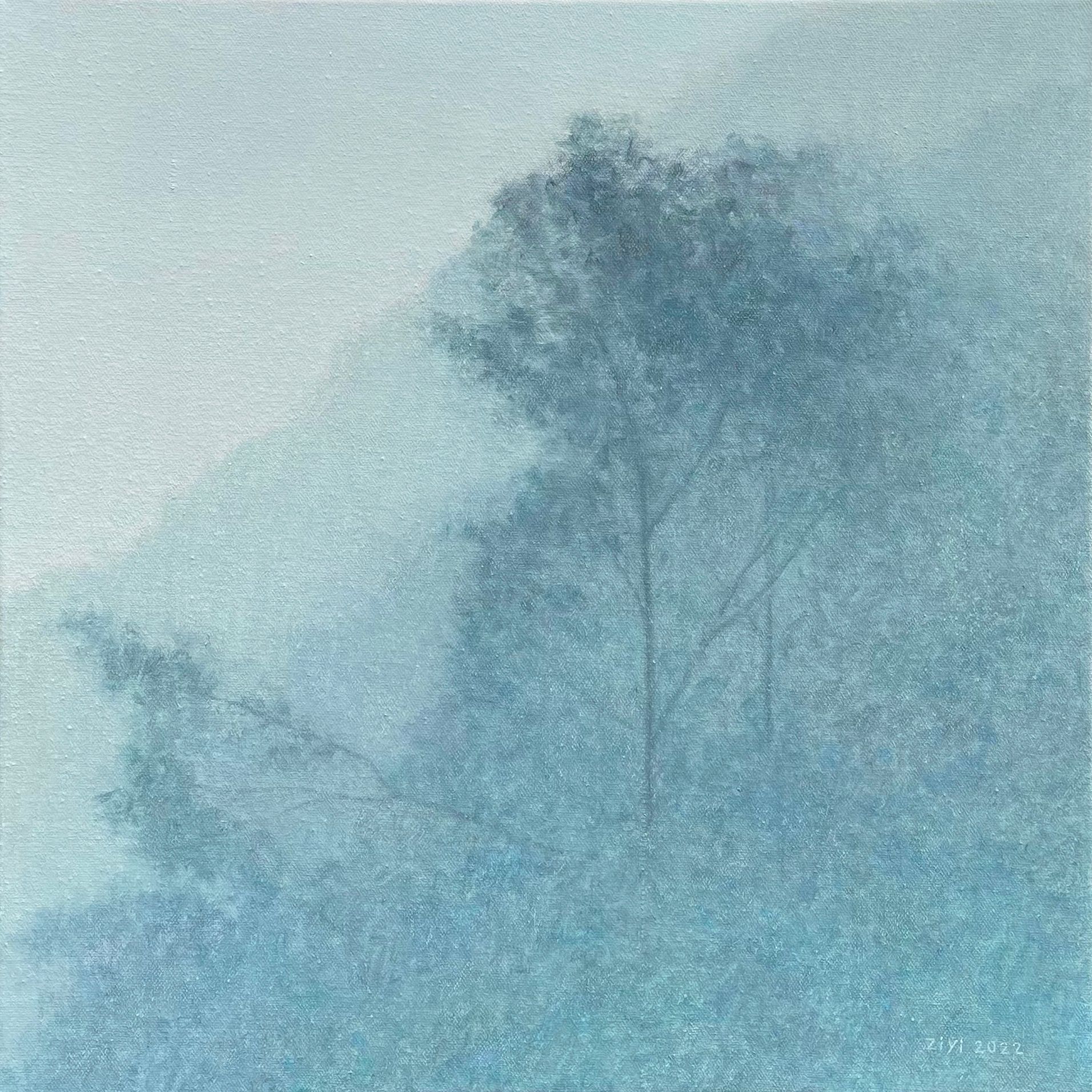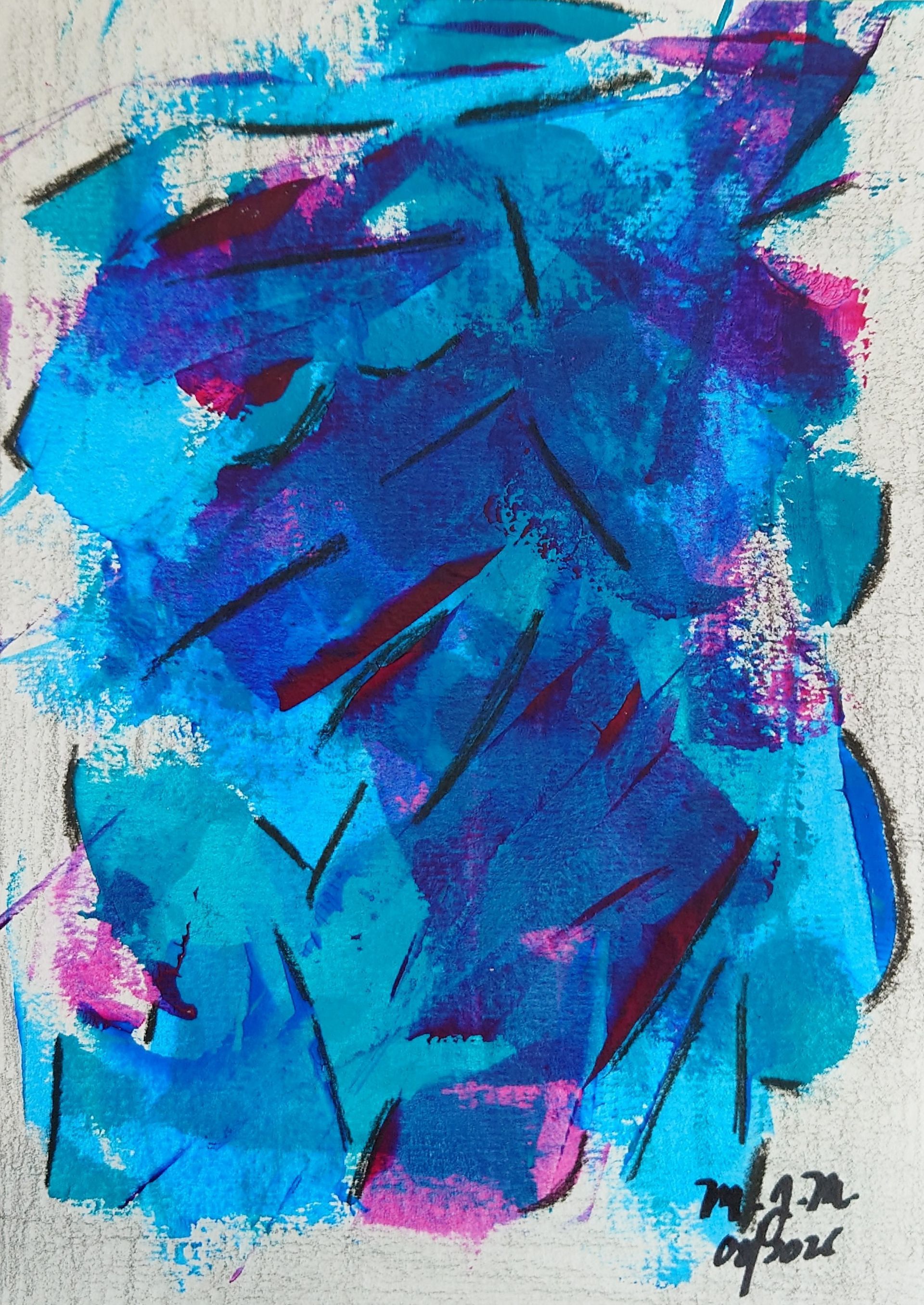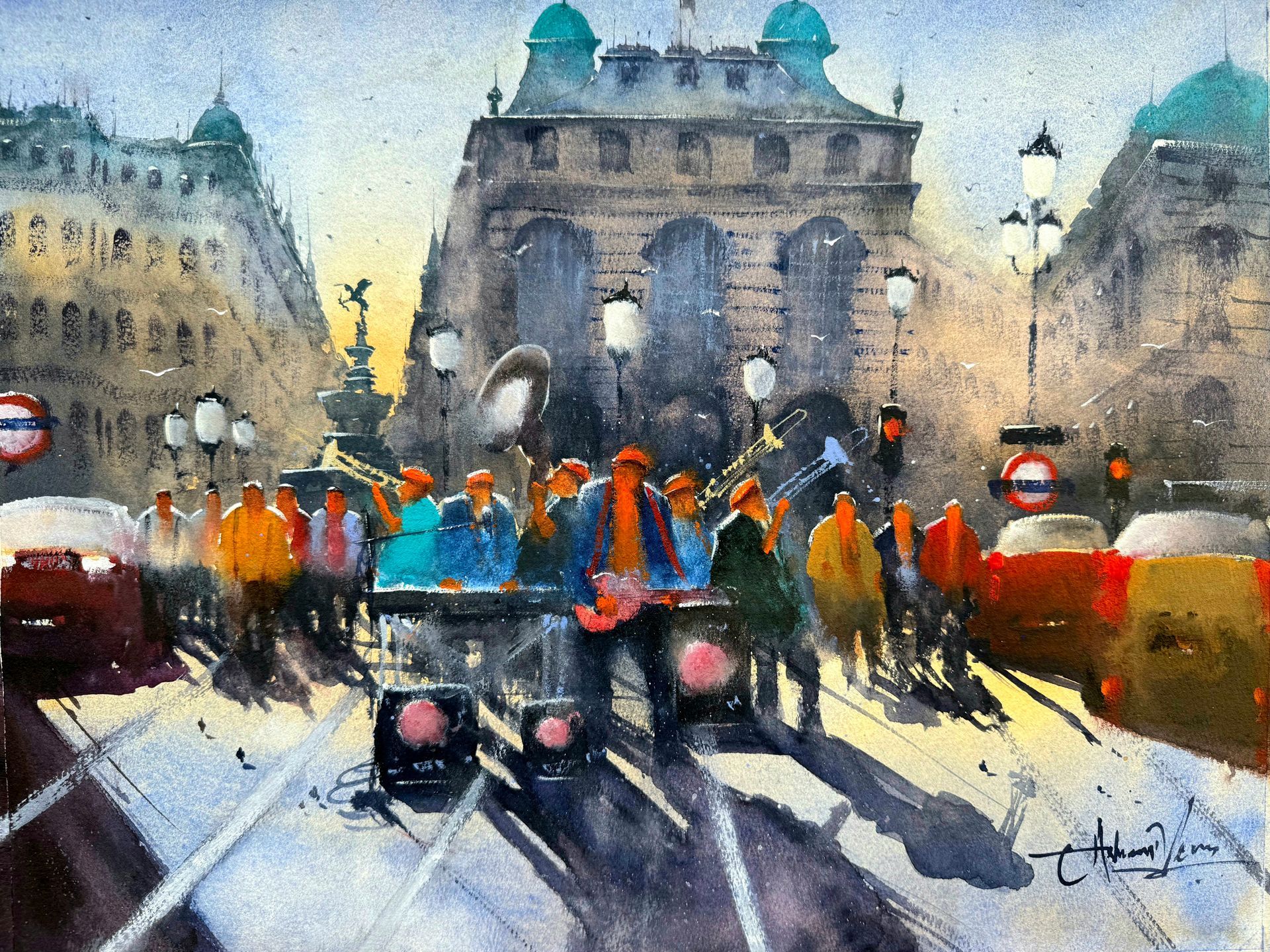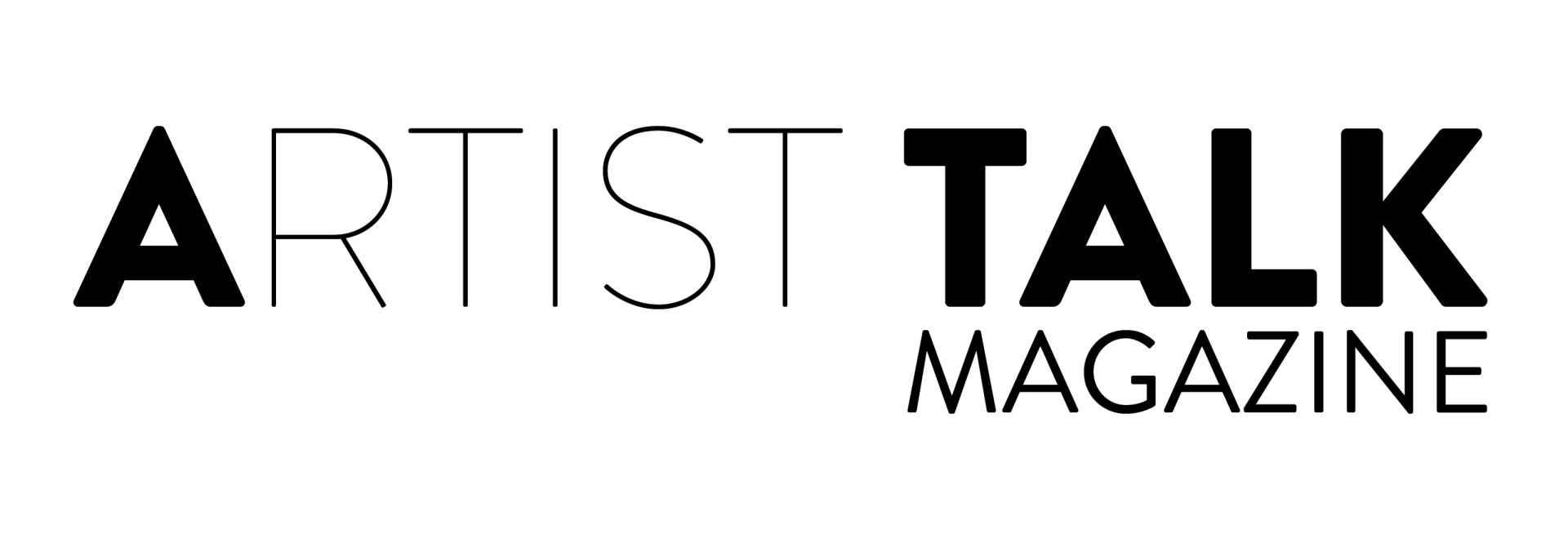Autumn Transition
Autumn Transition by Vian Borchert
One can view the works in this series through this VR gallery tour:
https://artspaces.kunstmatrix.com/en/exhibition/7705436/autumn-transition
For interest and inquires about the artwork, contact:
https://www.vianborchert.com/contact.html
* Noted international artist Vian Borchert’s art has been on exhibit in prestigious places such as the United Nations General Assembly’s Public Lobby Gallery, NYC, and in “Art Basel Miami Beach” Spectrum Miami, 1stdibs Design Center in Chelsea, NYC and the LA Art Show. Vian's art is in private collections worldwide, embassies, and museums. Borchert exhibits in major world cities such as NYC, LA, Washington DC, London, Rome, Berlin, Amman and Dubai.
For more about multidisciplinary artist Vian Borchert visit: www.vianborchert.com
* On a poetic note and encompassing the "Autumn Transition" theme, here is a poem titled "Fall" by Vian Borchert:
Fall
By: Vian Borchert
Fall, thou art so lovely!
Your turning colors
from red to orange and even burgundy
Sparkle and twist
with every wind breeze.
Fall, thou art so lovely!
In every Fall
I fall apart
aching for change
to fill my heart.
Fall, thou art so lovely!
The parks’ paths filled with fallen yellow leaves
The trees turning orange
Colors of the sun so warm and bright
adorn every dead leaf fallen on the ground
With every step
a crunchy leaf
at your feet.
Fall, thou art so lovely!
Fall, thou art so splendid!
You made an art of turning death into
a nature full splendor!
* One can view and hear the poem recited by artist & poet Vian Borchert via this video link:
Also, via this link:
